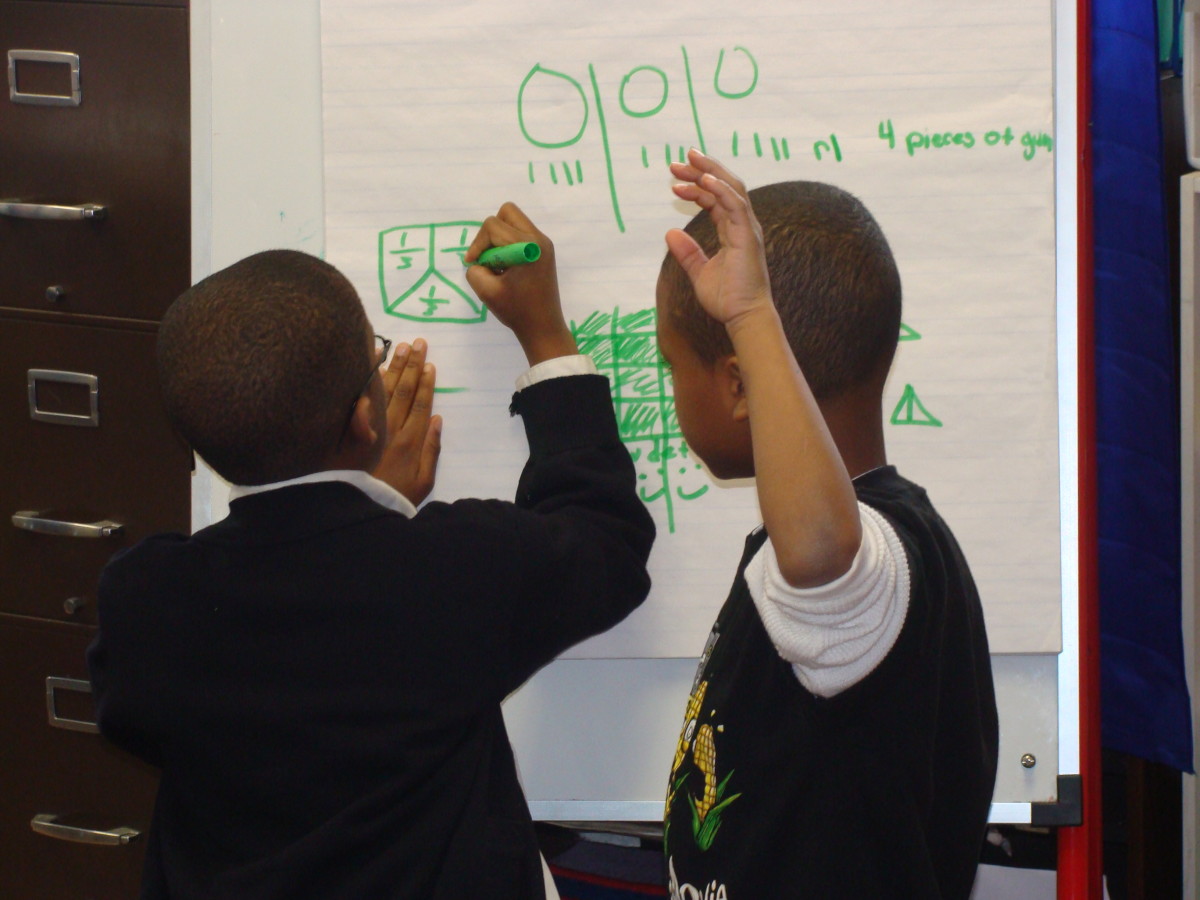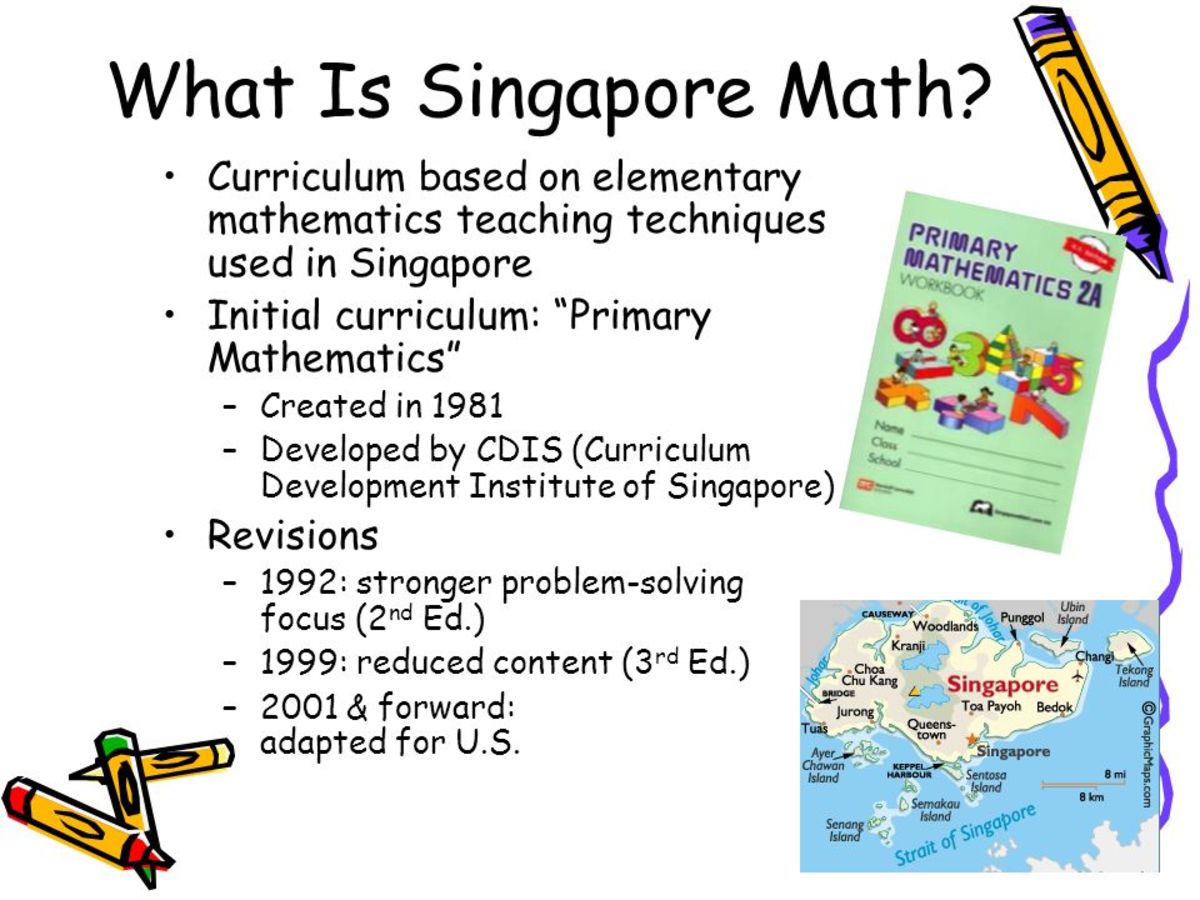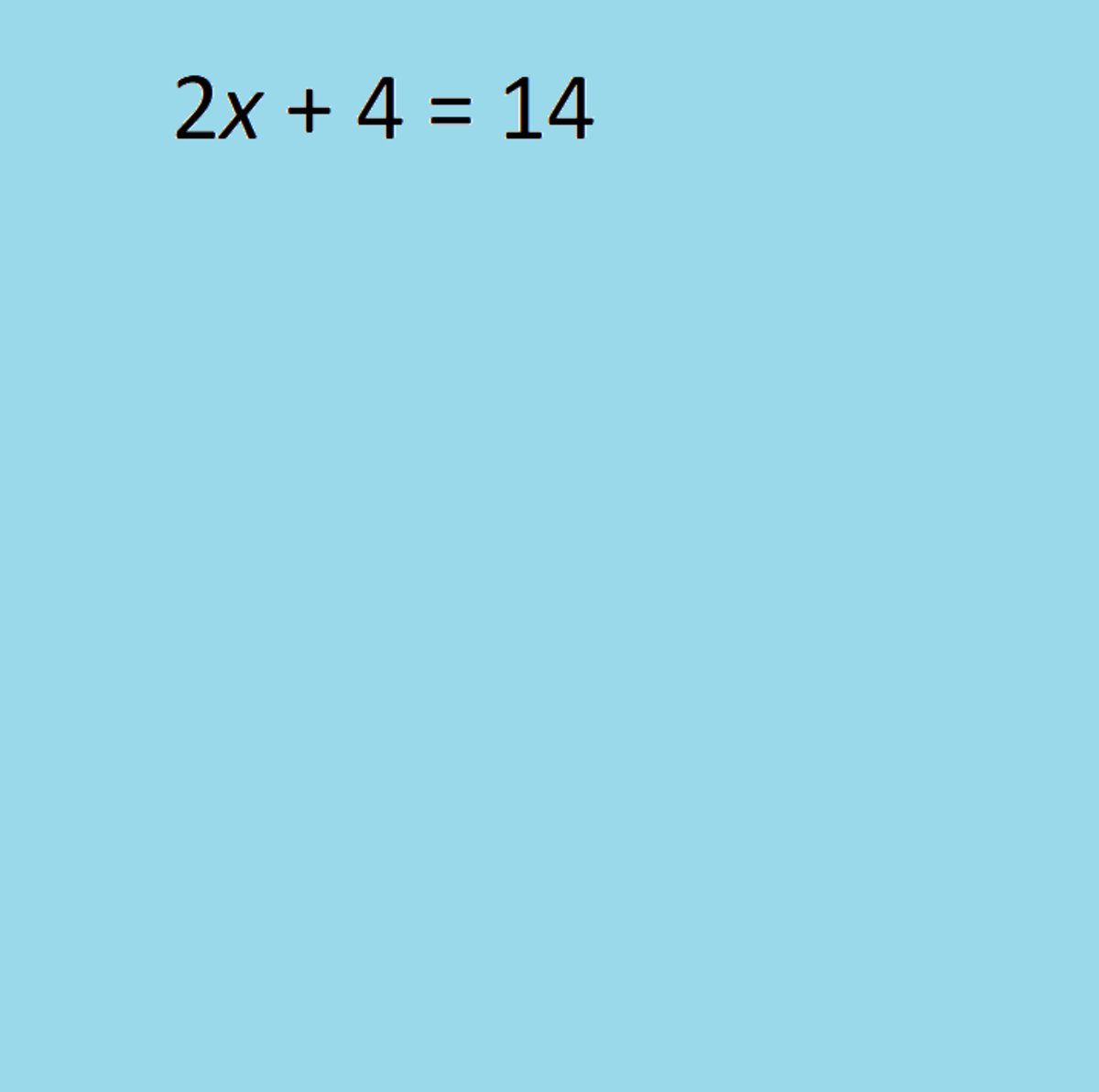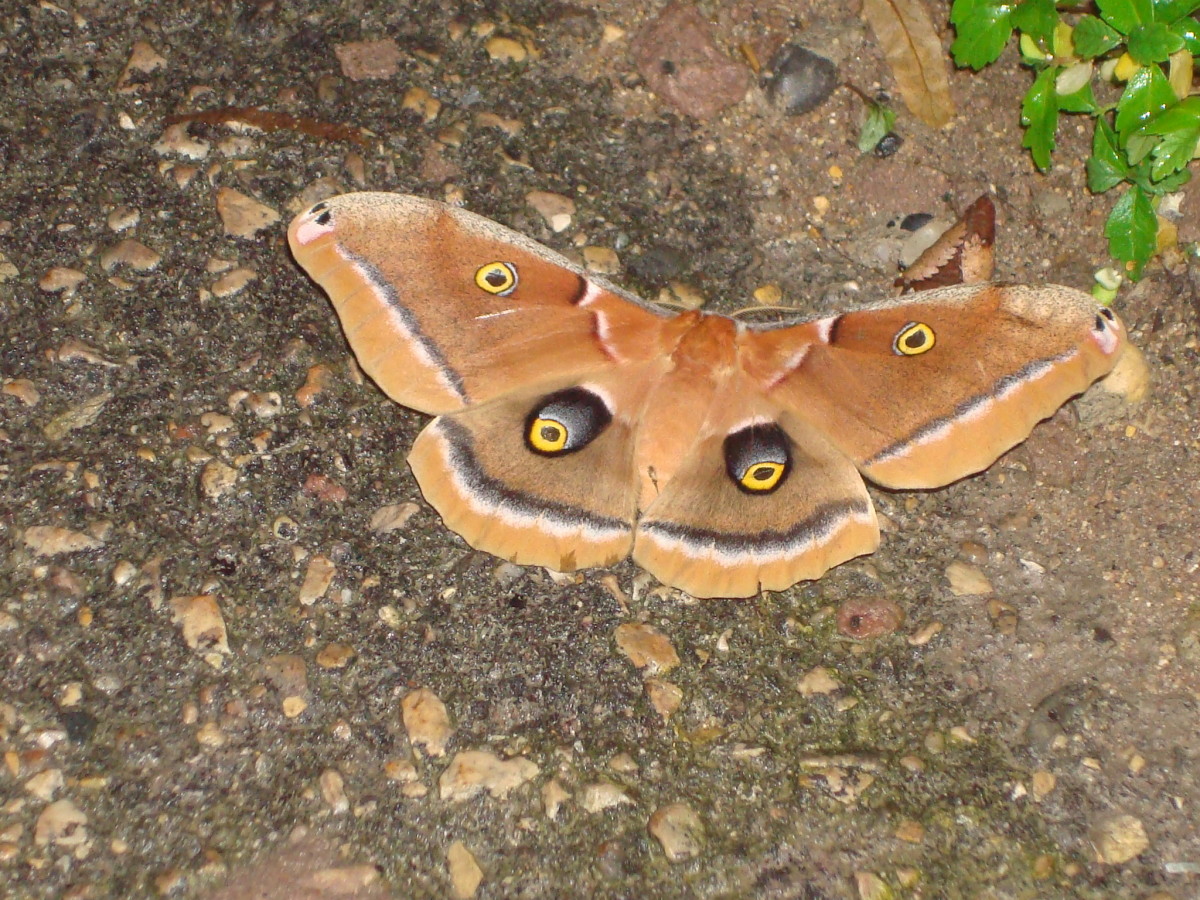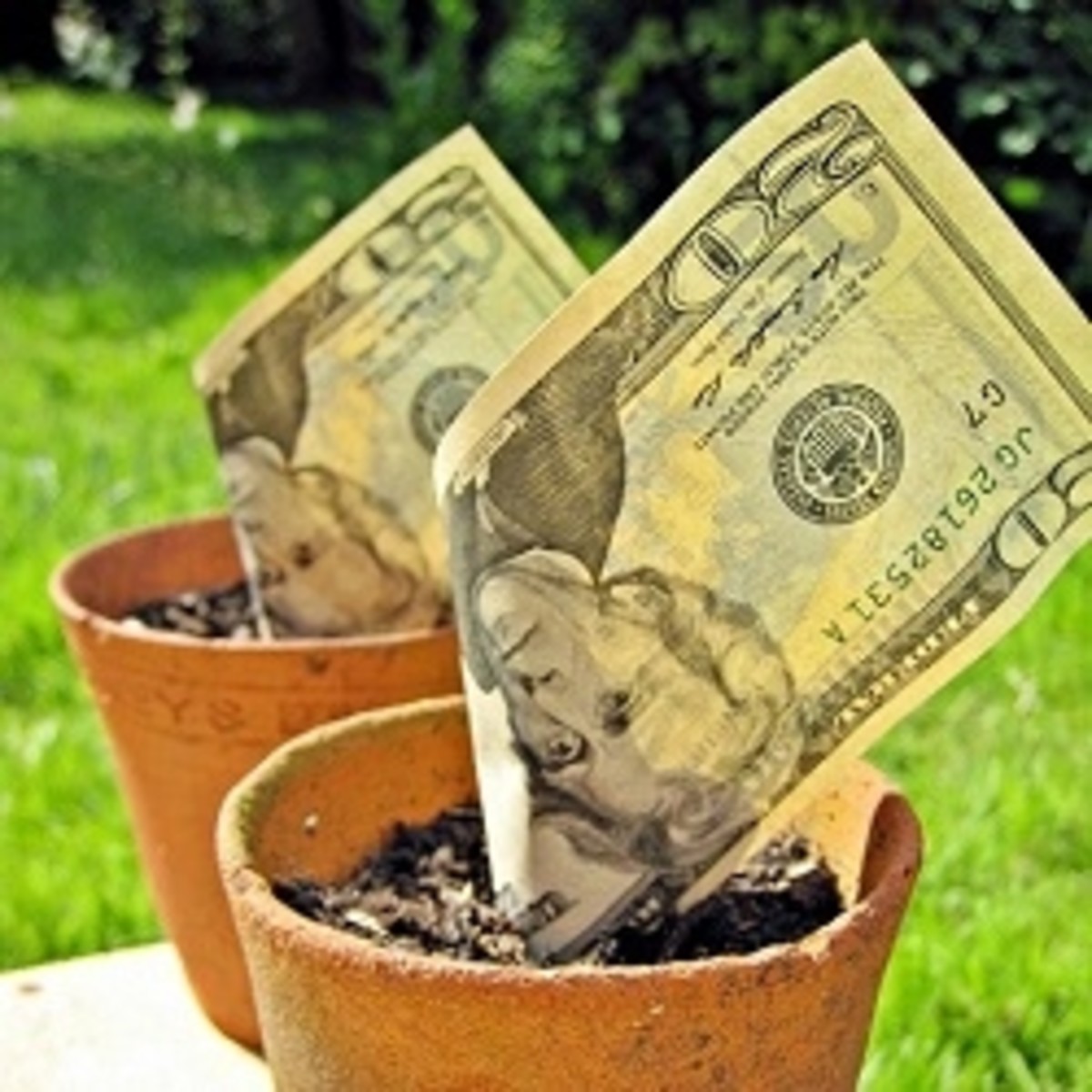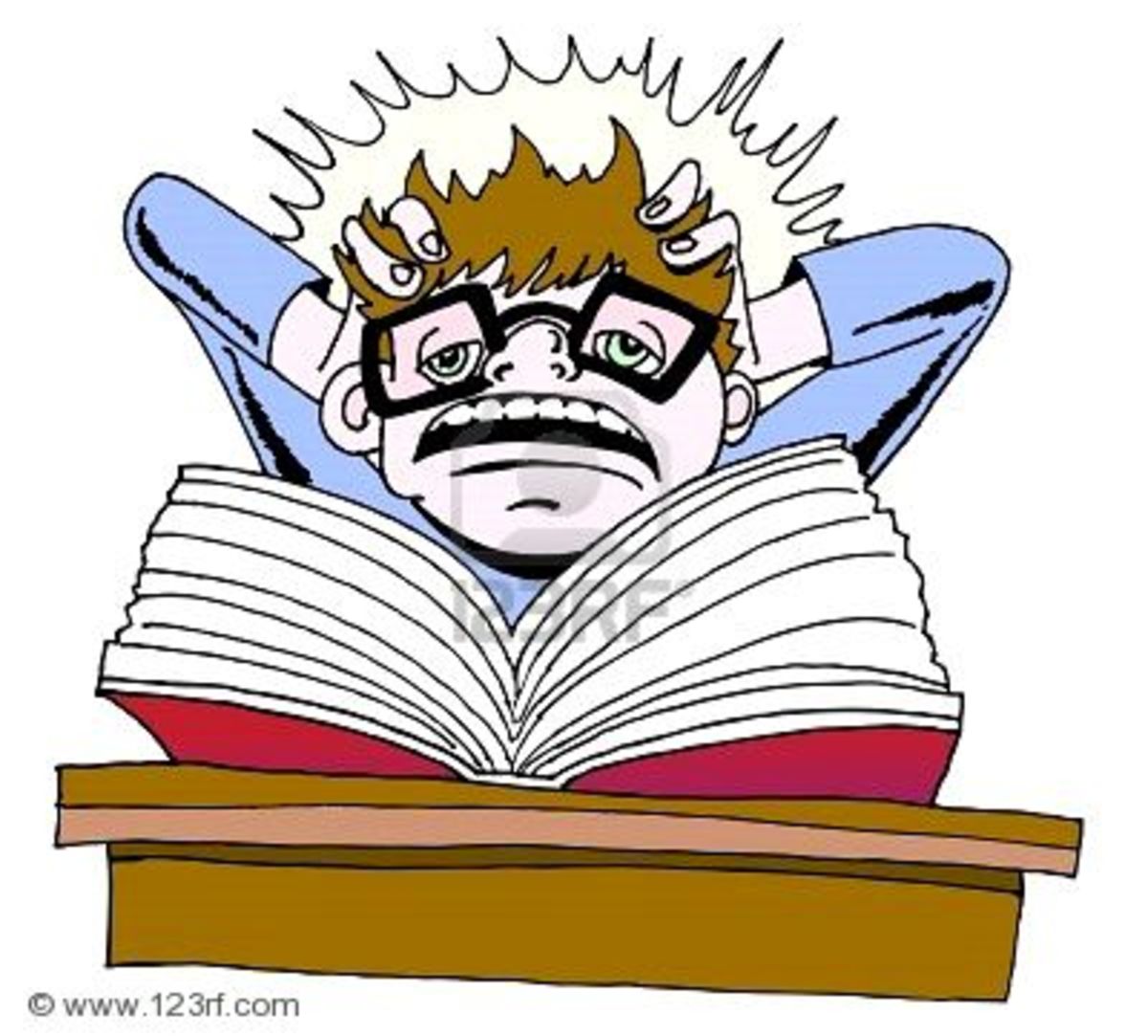Edible Math: Using Candy for Learning Instead of Cavities
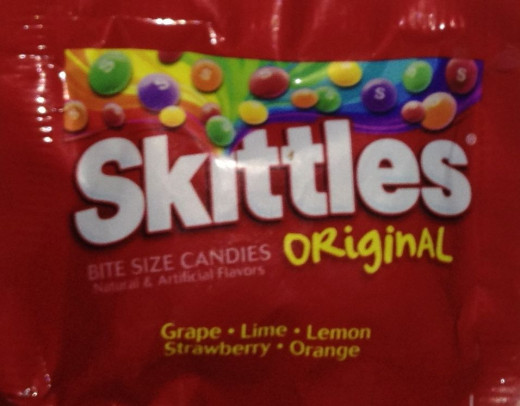
Math has been stereotyped as the subject for square individuals. When we picture a mathematician, we picture someone with a pocket protector, some thick glasses, and maybe some crazy hair.
But, learning about math concepts doesn't have to be square. In fact, making learning and math fun can be one of the easiest ways to catch the attention of our students.
You can use all kinds of Halloween candy or other treats for fun and engaging math learning activities that your students will love. Typically, kids just shovel candy into their mouths without a second thought. The drive behind eating a piece of candy is just purely that sweet, sugary taste that will cause their blood sugar to spike and then crash.
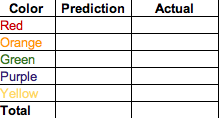
Make a Table
The first part to this activity is making a table for putting information in. Depending on the age of the students, you may make the table for them and give them a copy or you may draw a sample of it on the board or overhead and let them do some or all of it on their own. Even if you have older students, you may have some students with disabilities that may need some modifications such as giving them the table with the lines and letting them fill in the information.
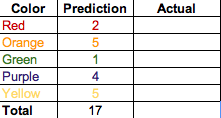
Making Predictions
Making predictions is one skill that is used in so many disciplines. You should first review what a prediction is and give some example of when people make predictions (such as when we look outside and predict the weather based on what we see).
Give each child a small bag of Skittles (or another candy that has multiple colors in one bag), and have them make predictions on the number of each color Skittle inside the bag. Have them write their predictions in the chart and circulate to make sure they are putting their predictions in the correct place.

Entering Data
Once the predictions are all entered, tell the students that when they open their bags of candy, they will be sorting their candy by color and then recording the number of each color Skittle on their table. Then, the students can finally open up their bags of candy and start putting their data on their tables.
* Of course, you want to remind them that they cannot eat anything yet.
Walk around to assist any students that may need help and to make sure they are not tempted to eat their candy. You may want to let them record their results on a big chart for the whole class to compare to see if there are any patterns.
After they enter their data into a table, they can make a pictograph to show their results. A pictograph is a graph with pictures as the symbols. For this type of project, Skittles would be very easy to draw a picture of. To offer a challenge to older or more advanced students, you can change the key and have picture of a Skittle equal to more than one actual Skittle.
Note: You may even want to model this activity together as a class and then let the students do it on their own.
Other Math Skills
Besides doing predictions on the colors of the Skittles, there are many different math skills that you can address using Skittles or another candy. Below are some more ideas.
- measure the length of the candy (actual/weight in comparison to other objects)
- weigh the candy (actual/weight in comparison to other objects)
- density of the candy- will it float or sink
- nutrition lesson- look at the grams of sugar and other nutrition facts
Analyze the Data
After the students have entered their data into their tables, it is time to see what the data can tell us. Below are some possible questions to consider asking.
- What color(s) had the most number of Skittles? Is this a pattern class-wide?
- What color(s) had the least number of Skittles? Is this a pattern class-wide?
- What is your favorite Skittle flavor?

